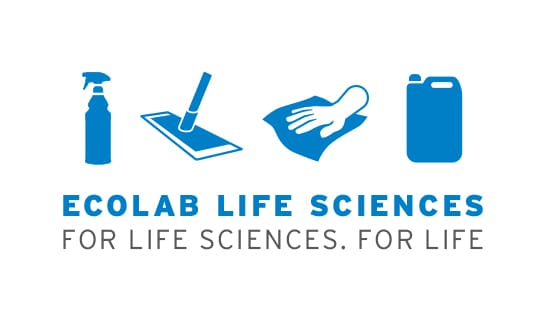Top 3 Things to Consider When Designing a Risk-Based Cleaning Validation Process
The primary purpose of all cleaning validation activities in pharmaceutical manufacturing is protecting patient safety and product quality.

The industry is moving into science and risk-based methods to achieve this target for cleaning development and cleaning validation. There are numerous guidance documents available, but it is difficult to stay informed on all regulatory requirements and guidelines.
This article will outline the most important points to consider when designing a science and risk-based cleaning validation program.
1. Following Regulatory Guidelines for Compliance
When it comes to ensuring compliance of operations, risk assessments should be conducted for different cleaning validation activities. Specifically, Annex 15 states that risk assessments should be carried out for the following activities:
- Justification for the selected cleaning limits
- Identification of the number of runs required to demonstrate a cleaning process is validated
- Determining the scope and extent of qualification and validation
Also, ASTM E3106 – 18 Standard Guide for Science-Based and Risk-Based Cleaning Process Development and Validation outlines that risk assessments should be carried out for the following cleaning validation activities:
- Grouping strategies
- Determining the critical parameters for visual inspection
- Determining the sampling locations, number of samples, etc.
The EMA Annex 15 outlines clearly in section 1.7, that how risk assessments are used to support validation activities should be clearly documented. ICH Q9 is an excellent guide on how to design and execute a risk assessment. This document offers a systematic approach to quality risk management and provokes best practices for the pharmaceutical industry and regulatory environment.
With easy-to-follow and well-defined assessments, superior audit readiness can be achieved.
2. Maintaining Consistency and Repeatability in Your Approach to Risk Assessments
As different RAs are created to focus CV effort and reduce the footprint, it is extremely important to adhere to a compliant and reproducible process. Common practice is to utilize “homemade solutions” consisting of spreadsheets, tables and forms. Predominantly, these documents are paper-based and completed manually. Alternatively, some companies are leveraging fully automated validation software to drive a consistent and reproducible process for risk assessments.
For example, consider the worst-case product identification risk assessment process for a pharmaceutical production site. Introducing a new product and using the “homemade solution” used during the original cleaning validation can be difficult and confusing. The old assessment must be reviewed; and the original logic, justification and considerations will need to be assessed and understood. Possibly, new regulatory guidelines (e.g., using permitted daily exposure [PDE] values instead of the legacy LD50 value or therapeutic dose approach) or new site requirements will need to be implemented. In addition to the confusion and workload required, the risk of findings during regulatory inspections increase for numerous reasons – ranging from inconsistencies and misinterpretations to omissions.
With easy-to-follow and well-defined assessments, superior audit readiness can be achieved. This is done by helping inspectors understand the company’s thought process and rationale.
3. Being Practical with Your Resources
Using a well-controlled risk assessment provides focus and clear understanding of what considerations, information, and technical data are required to complete a risk assessment. This creates time savings by ending the exhaustive activity of searching and scrutinizing through volumes of unnecessary information.
Are you designing a risk-based cleaning validation process? Download our free checklist to help see where there might be risks, or improvements needed, in your process.
1 EudraLex Volume 4; EU Guidelines for Good Manufacturing Practice for Medicinal Products for Human and Veterinary Use Annex 15: Qualification and Validation; March 2015
https://health.ec.europa.eu/system/files/2016-11/2015-10_annex15_0.pdf
(last access 26. January 2023)
2 ICH guideline Q9 on quality risk management; EMA/CHMP/ICH/24235/2006 Committee for Human Medicinal Products; September 2015
https://www.ema.europa.eu/en/documents/scientific-guideline/international-conference-harmonisation-technical-requirements-registration-pharmaceuticals-human-use_en-3.pdf
(last access 26. January 2023)
3 ASTM International, 2018. ASTM E3106 - 18e1 Standard Guide for Science-Based and Risk-Based Cleaning Process Development and Validation. ASTM E3106, West Conshohocken, PA.


